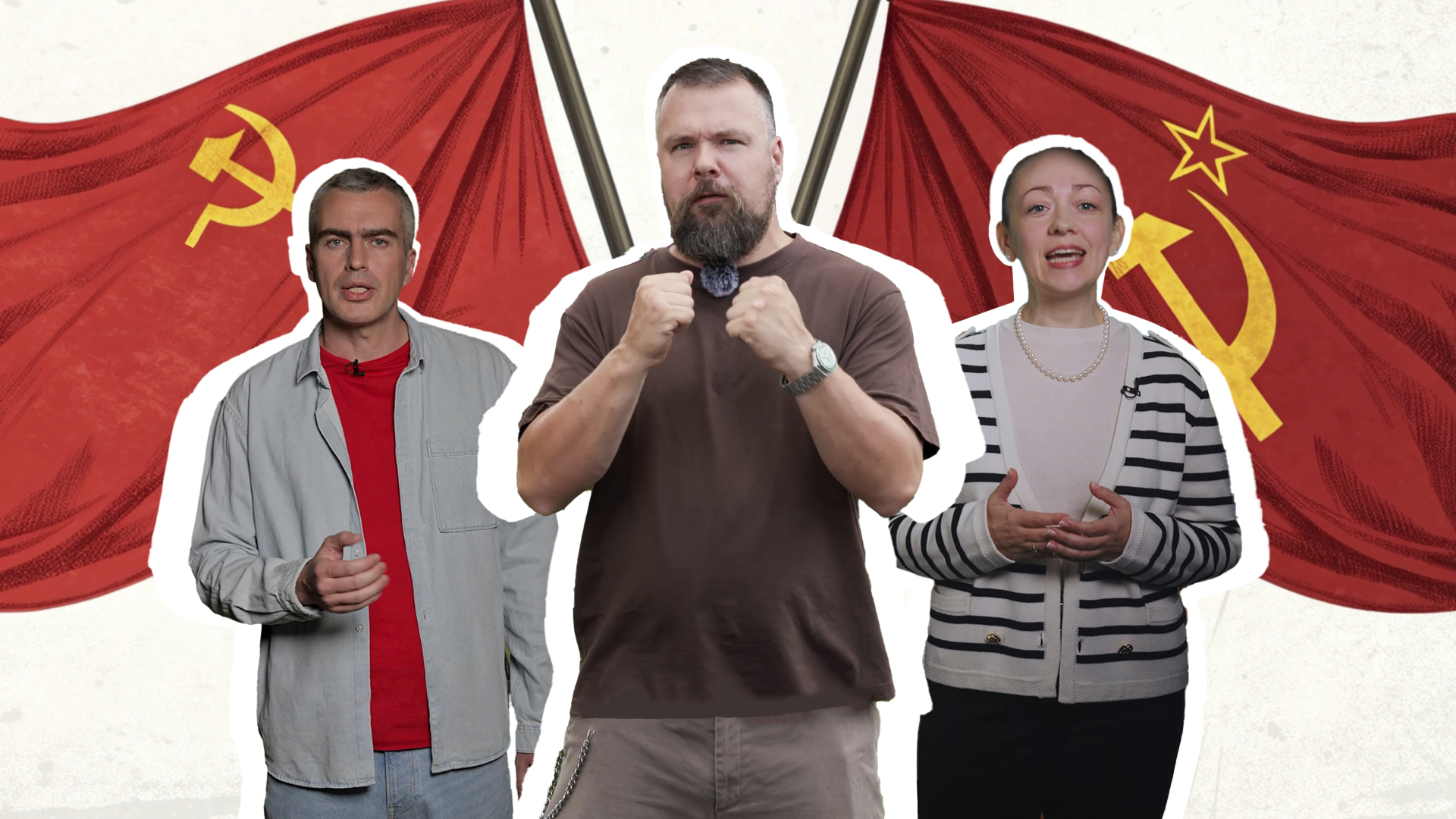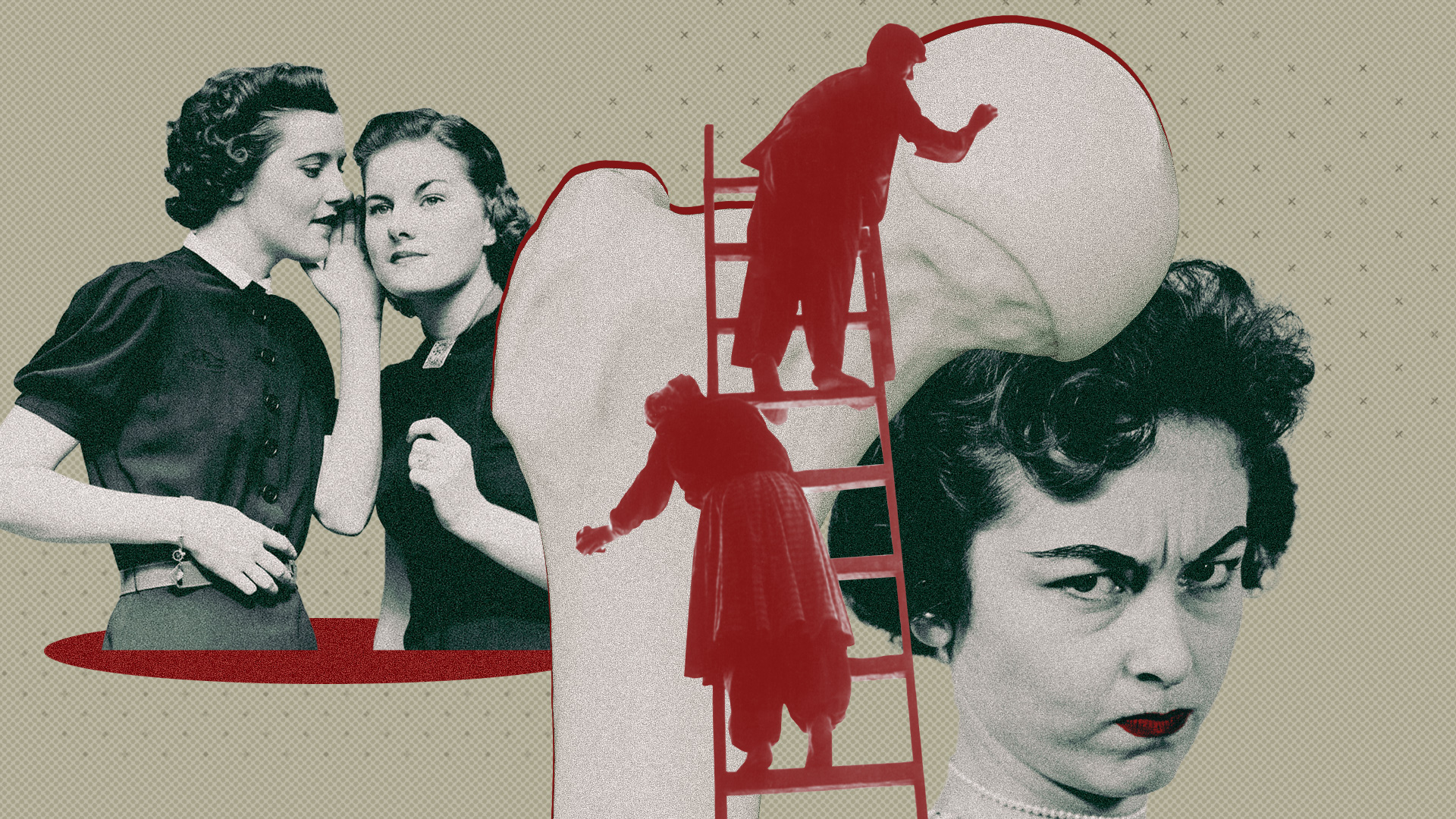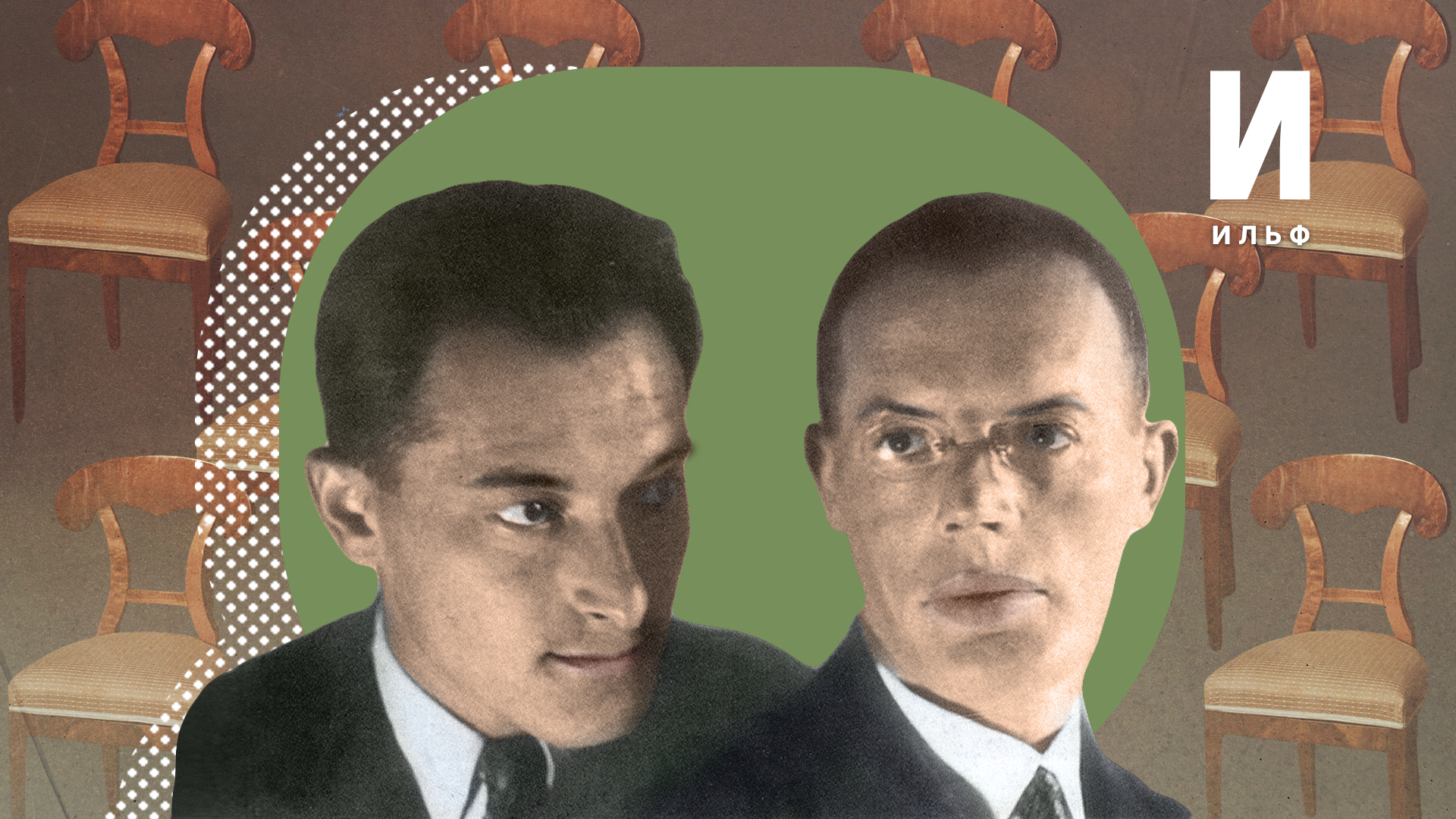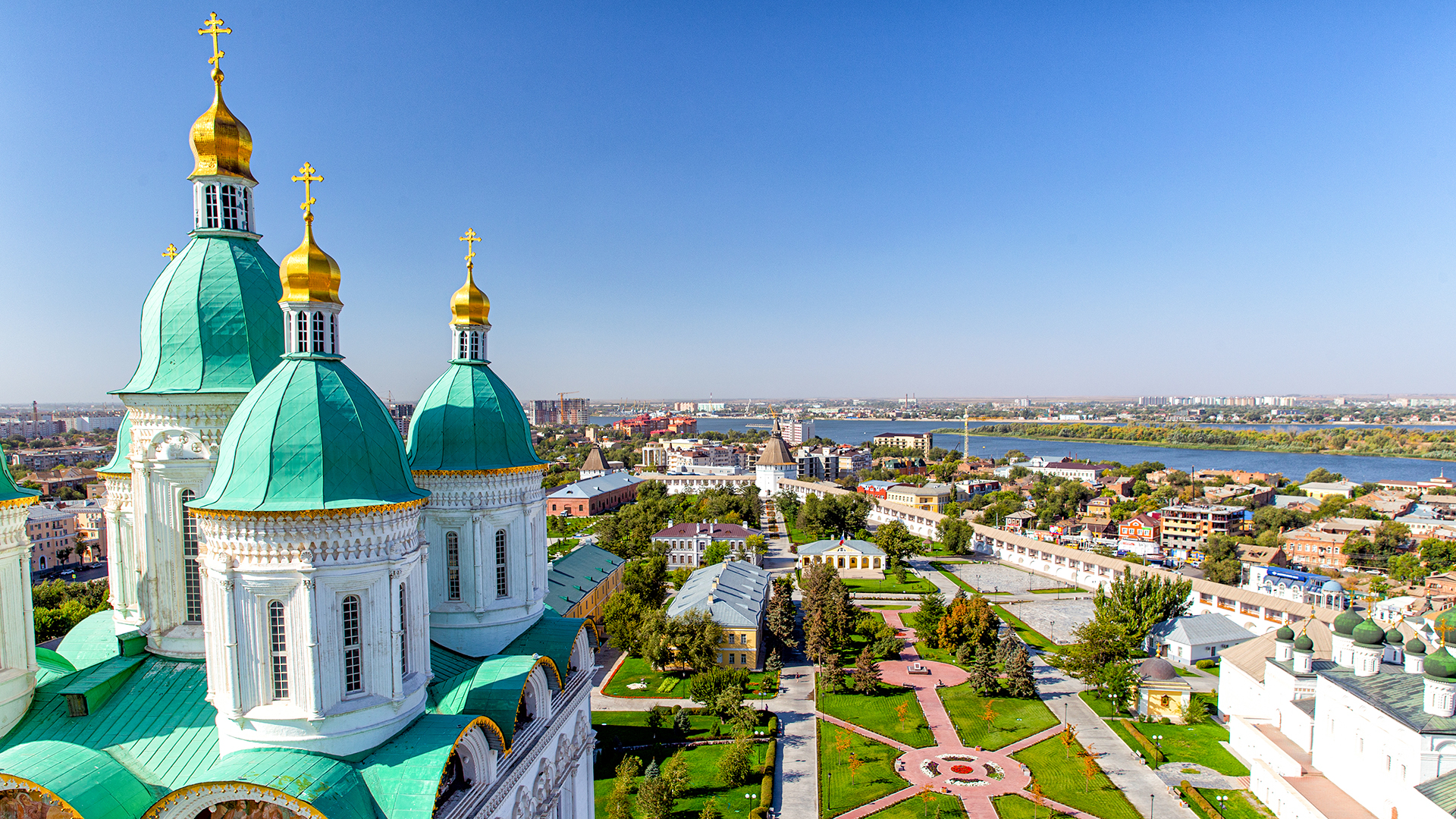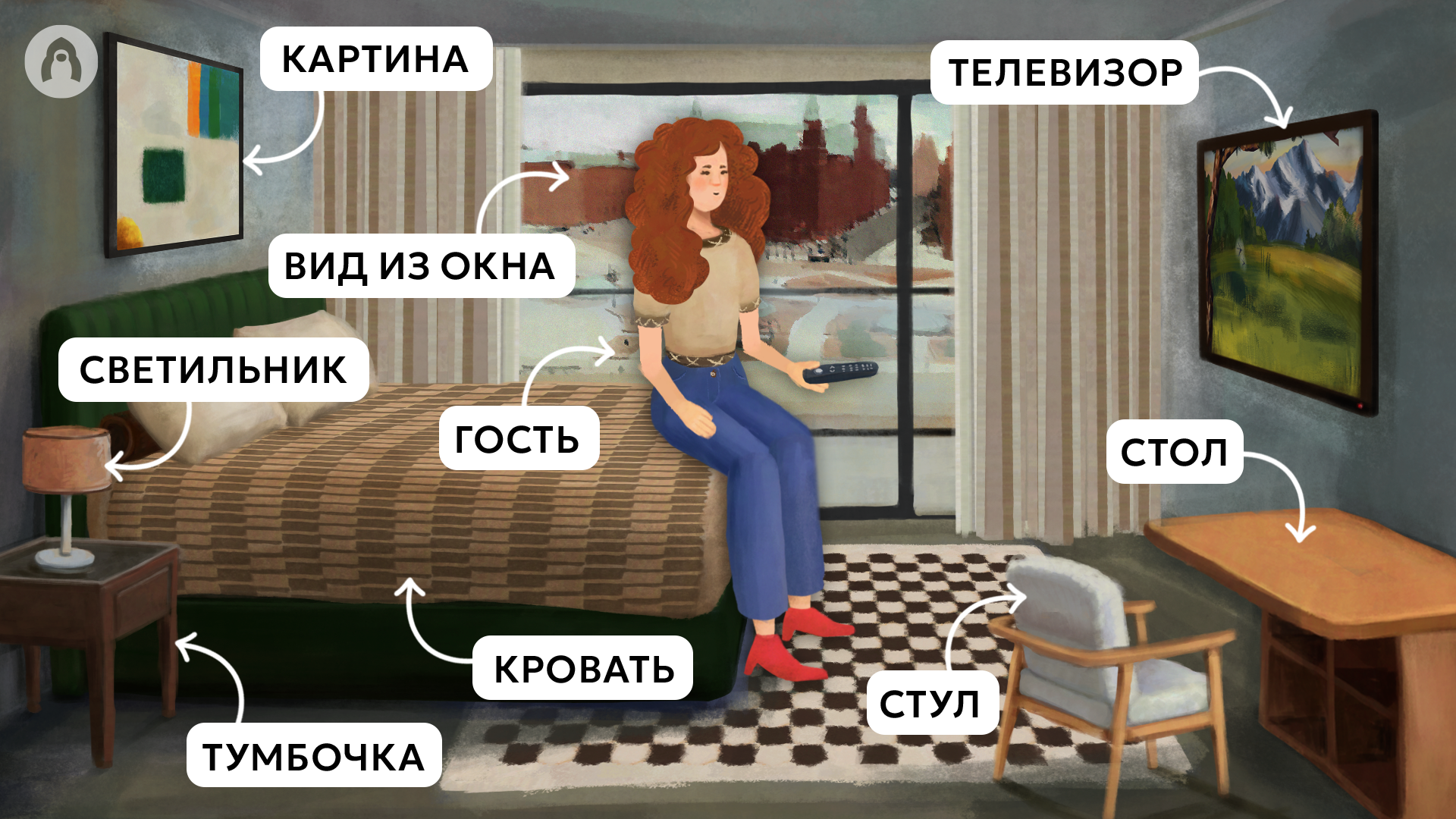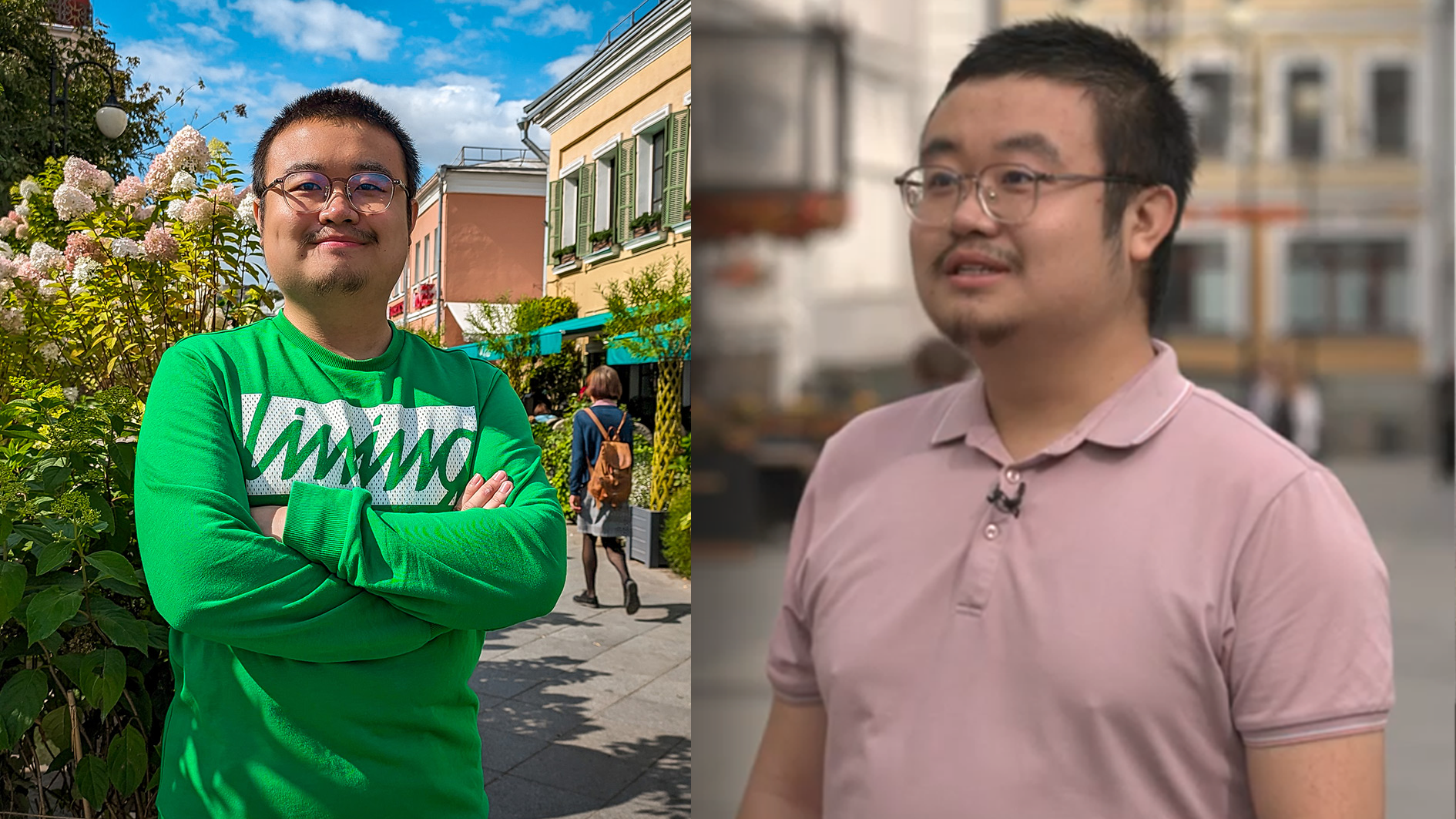
What is a ‘Woman's Summer’ in Russian?
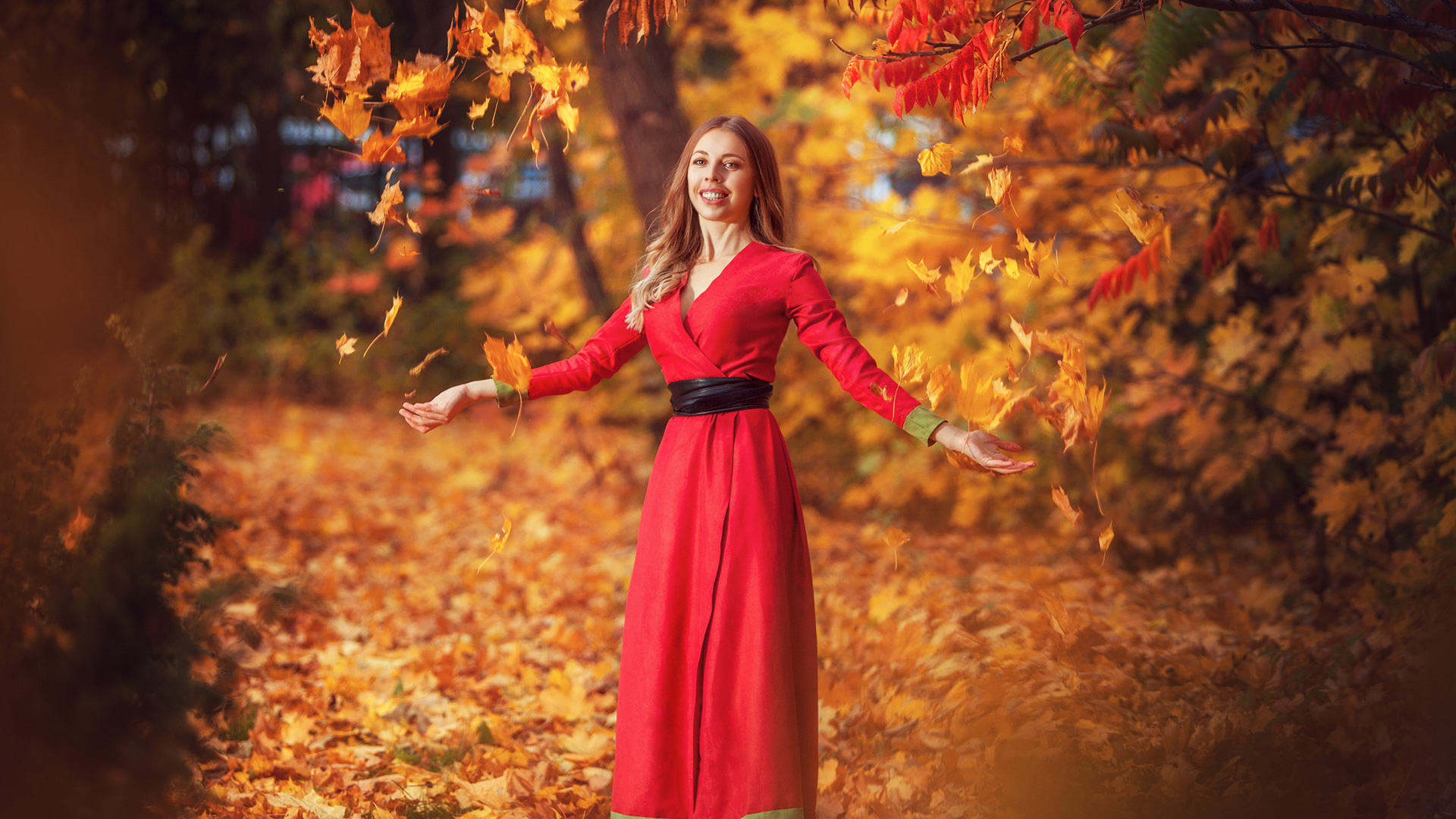
In the southern regions and on the seaside, people often talk about the ‘бархатный сезон’ (‘barkhatny sezon’; ‘velvet season’), a fall period when it is still warm, but no longer scorching hot and the sea is still warm. Fall in Russia can be very harsh, but everyone looks forward to the onset of a possible ‘бабье лето’ (‘babye leto’; or as literally translated – ‘woman's summer’). So what is it?
It’s a time of prolonged, stable, warm and dry weather. Meteorologists associate this with the arrival of an anticyclone.
Golden foliage glistens in the sun, the nights and evenings are already cool, but the daytime temperature can reach up to +20 degrees Celsius (68°F). Typically, this marks the beginning of fall, often occurring after the first cold spells. However, this blessed period can often last until mid-October.
What distinguishes ‘babye leto’ from a simple warm spell is its duration, which is no less than a week or even more.
Why is it called ‘women's summer’?
In North America, this period is called ‘Indian Summer’. But, in Russia, it’s ‘women’s’. This is because it is connected to peasant traditions. By this time, field work and the harvest were mostly finished, so women would start pickling cucumbers, retting flax, sewing clothes and simply enjoying the last warmth.
By the way, in olden times, ‘babye leto’ was called ‘Марфино лето’ (‘Marfino leto’; ‘Marfa’s summer’) in honor of a certain woman named Marfa, who didn't have time to finish her chores and gather the harvest by the end of summer and prayed to God to extend the warm days. It was believed that ‘Marfa’s summer’ began on Simeon's Day, that is, on September 14th.




